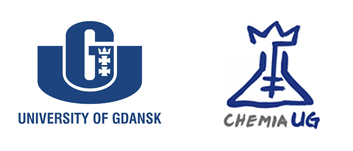Group members
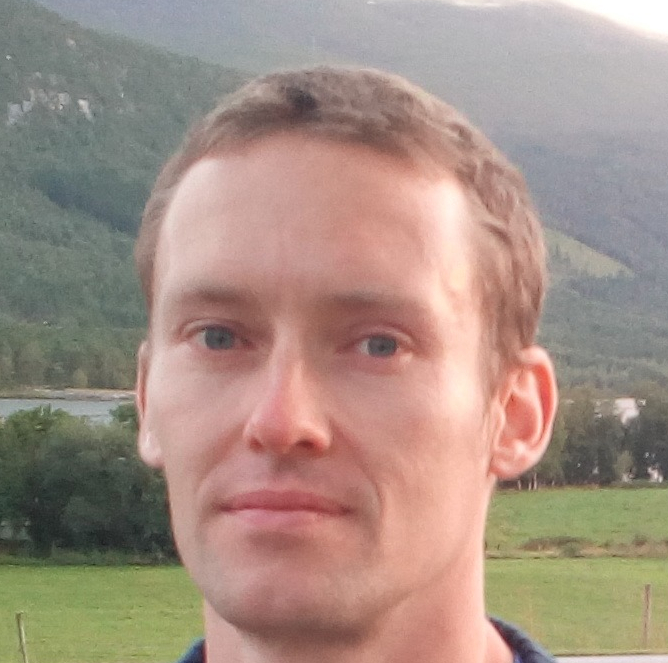
Sergey Samsonov
Group Leader
Sergey Samsonov graduated in Biophysics at Peter the Great St. Petersburg Polytechnic University (Russia) in 2006. In his MSc Thesis he applied experimental and computational methodology to characterize a potential copper transporter. He obtained his first PhD in 2009 in Bioinformatics at Dresden University of Technology in the group of Structural Bioinformatics under the supervision of Dr. M. Teresa Pisabarro, where he investigated the impact of solvent and effects of fluorination in protein-protein interactions. In 2010 he obtained his second PhD title in the field of Biochemistry at St. Petersburg University for the continuation of his Master Thesis topic on copper metabolism proteins. Since then and until 2017 he was a postdoctoral researcher in the group of Structural Bioinformatics at Dresden University of Technology within the project “Transregio 67: Functional biomaterials for controlling healing processes in bone and skin tissue – from material to clinic”, where he started to work in the field of modeling GAG containing biomolecular systems. In 2017 he received a joint grant from National Centre of Sciences (Poland) and EU Commission within POLONEZ Programme to start his own research group at the University of Gdańsk. In 2018 he obtained the title of dr hab. at the University of Tours (France) (Habilitation à diriger des recherches). In 2019, he received two new grants from National Centre of Sciences (Poland), one of which is within collaborative Programme with German Research Council, both of which represent extension of his GAG modeling studies. His research interests are in approaching the understanding of various aspects of GAG interactions with other biomacromolecules and development of specific methodology for this class of polysaccharides with the assistance of molecular docking, molecular dynamics, free energy calculations and quantum chemistry approaches.
cv
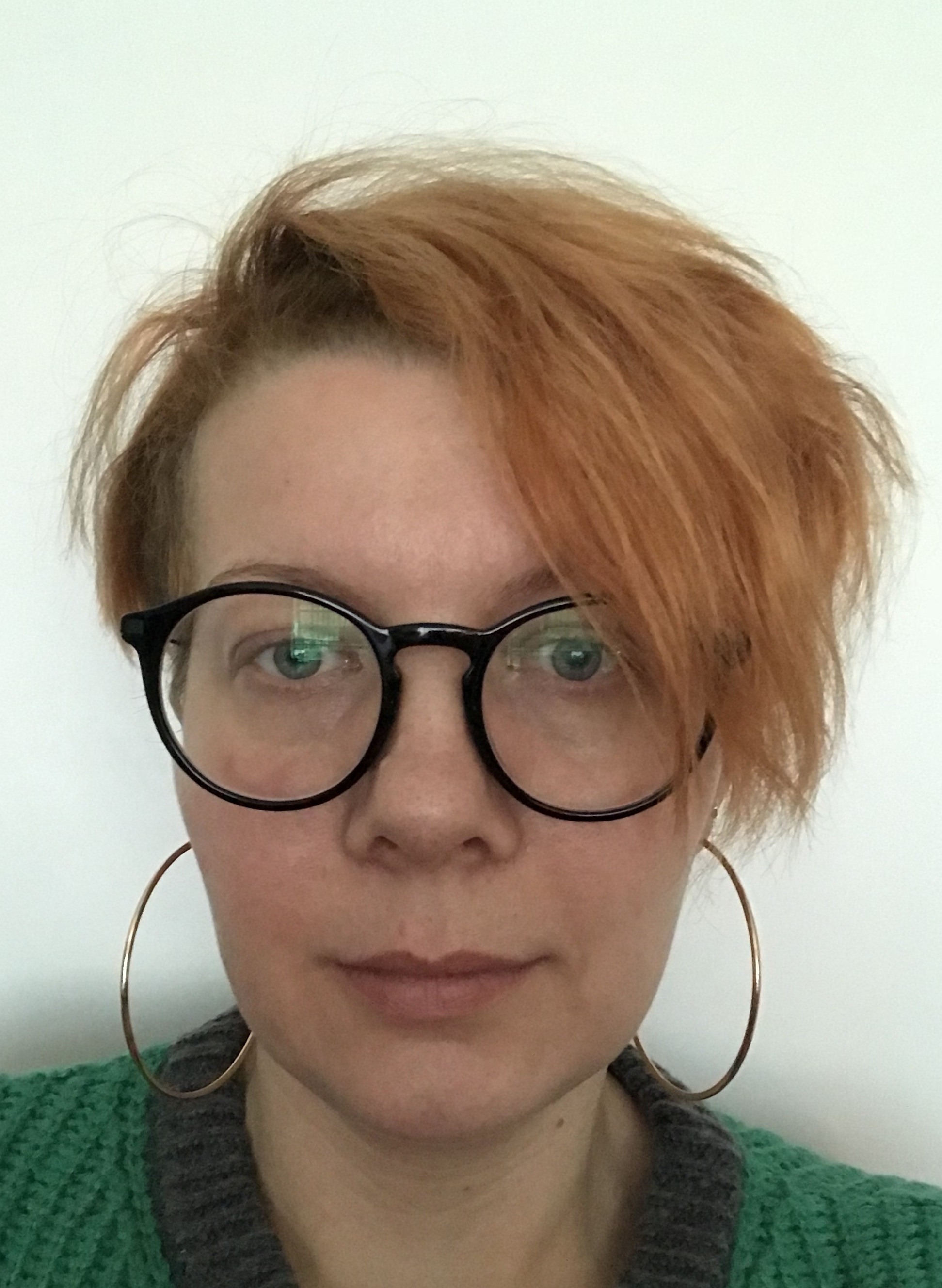
Martyna Maszota-Zieleniak
Postdoctoral Researcher
Martyna Maszota-Zieleniak graduated in Environmental Science at Faculty of Chemistry, University of Gdańsk in 2008. In her MSc Thesis she used NMR approaches as well as molecular dynamics simulations to characterize the structure of the Aβ peptide. She completed her PhD in 2017 in Chemistry at Faculty of Chemistry, University of Gdańsk in the Laboratory of Medicinal Chemistry under the supervision of dr hab. Sylwia Rodziewicz-Motowidło. The aim of her doctoral dissertation was to supplement the current state of knowledge about structure and interactions between amyloid proteins. She used 1-,2- and 3-D NMR techniques, molecular dynamics calculations in AMBER and structure predictions on the basis of amino acid sequences. During her PhD studies she was working in three independent projects: “Solution NMR investigations of human cystatin C - structure, dynamics and protein-ligand interactions (head of the project)”; “Molecular characteristics of the human cystatin C complex with natural auto-antibodies” (co-investigator); “Design of BTLA protein inhibitors as new anti-melanoma drugs” (co-investigator). She also completed an internship at the National Institute of Chemistry, Slovenian NMR Centre, Ljubljana, Slovenia (2011).
cv
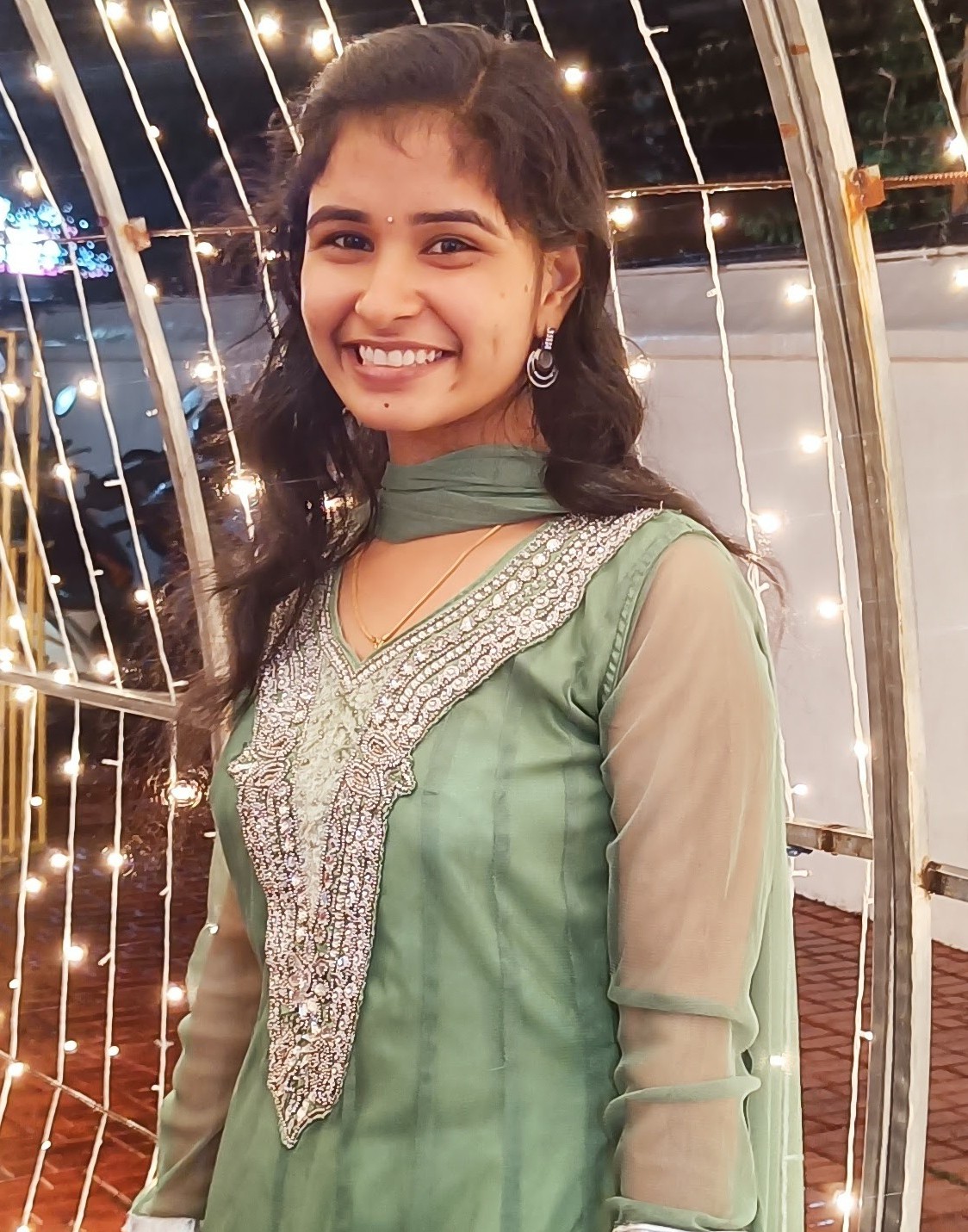
Anila Sebastian
Postdoctoral Research Fellow
Anila completed her Master's (MSc) in Chemistry from Mahatma Gandhi University, Kottayam (Kerala, India) in 2016. She obtained the CSIR-UGC Junior Research Fellowship (JRF) in 2016 and joined CSIR - National Institute For Interdisciplinary Science and Technology (NIIST), Thiruvananthapuram (Kerala, India) for her doctoral study under the supervision of Dr. C. H. Suresh. She earned her PhD in Science under the faculty of Chemical sciences from the Academy of Scientific and Innovative Research (AcSIR), India in 2022. Her PhD thesis entitled “Density Functional Theory Studies on Transition Metal Fulleride Complexes and CO2 Capture by Anions, Fullerides, and N-rich Molecular System’’ mainly focuses on the interaction of CO2 with different anions, imines and fulleride systems using density functional theory (DFT). During her PhD she investigated the influence of positive cooperativity resulting from the secondary interactions in the formation of large CO2 clusters around anions and with N-rich systems (guanidine/imines). Her doctoral studies also involve the possibility of the formation of imidazolium- based ionic complexes of anionic and polyanionic fullerides and their application as potent CO2 capture agents. In addition, she also evaluated the coordinating ability of endohedral and exohedral fullerides to act as η 5 -ligands towards various metal centres to form different organometallic complexes. Currently Anila is a postdoctoral researcher with Dr. Sergey Samsonov at the Department of Theoretical Chemistry, University of Gdansk.
cv
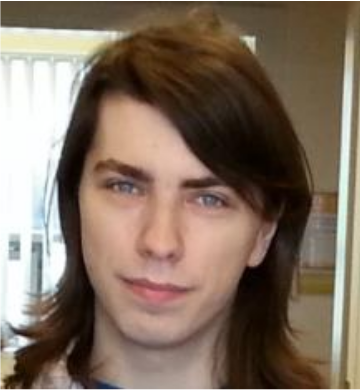
Łukasz Golon
Postdoctoral Research Fellow
Łukasz Golon finished his MSc degree in chemistry at the University of Gdańsk in 2013. His thesis concerned the electrochemical and spectroscopic properties of newly synthesized anthraquinone derivatives. During his Ph.D. program at the Faculty of Chemistry, University of Gdańsk, he completed a two-month long Short Term Scientific Mission in 2014, under Prof. Rainer Bischoff at the Department of Pharmacy, University of Groningen, funded €2,500 by European Cooperation on Science and Technology (COST). He was awarded a PRELUDIUM 14 grant (2018-2020) by the National Science Centre Poland, funded 99,600 PLN (~$26,000), to work on recovering the all-atom structure of nucleic acids from the NARES-2P coarse-grained model. In 2019, Łukasz defended his Ph.D. thesis regarding the introduction of interactions with metal cations and the CSA global optimization algorithm to NARES-2P under the supervision of Dr. Hab. A. K. Sieradzan. In 2019-2021, Łukasz worked as a postdoctoral researcher under Prof. G. A. Voth at the Department of Chemistry, University of Chicago. Łukasz's research interests involve the development of coarse-grained force fields for biomolecule modeling, and he’s currently focused on adding metal cation interactions to the UNICORN family of CG force fields.
cv
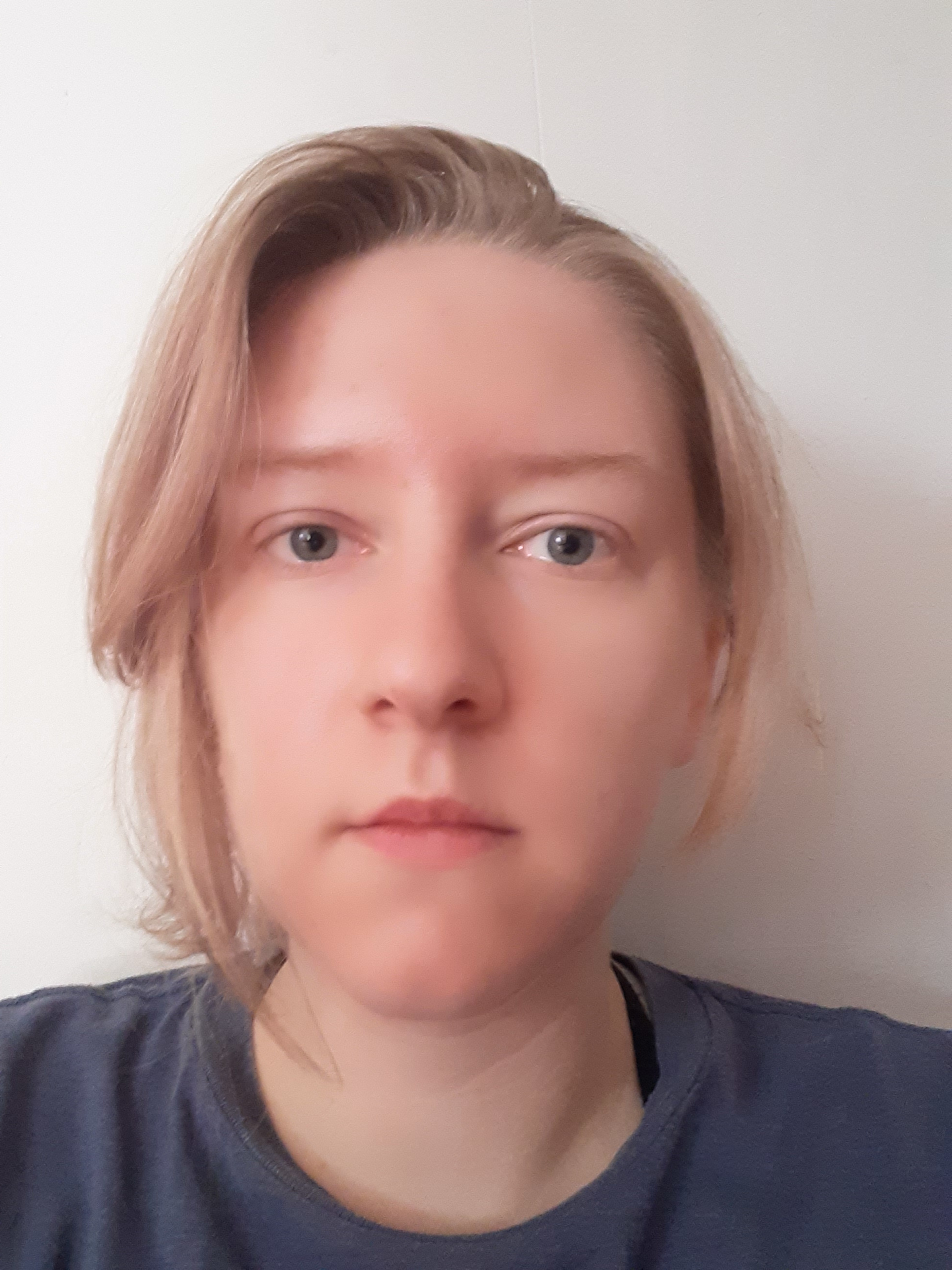
Annemarie Danielsson
PhD Student
Annemarie is a PhD student at the Laboratory of Molecular Modeling, tasked with the investigation of the specificity of protein-glycosaminoglycan binding using computational approaches alongside participating in the development of these methods. She completed her Bachelor Degree in Bioinformatics at the University of Gdansk and in her Bachelor Thesis examined the influence of the optimization of energy function parameters on the quality of modeling of amino acid side chain interactions obtained using the coarse-grained force field UNRES. Annemarie finished her Master Degree in Bioinformatics in Munich at the Technical University of Munich and the Ludwig-Maximilians University; her Master Thesis was focused on the computational analysis of changes in DNA methylation during pregnancy and postpartum in women with and without exposure to early life stress.
cv
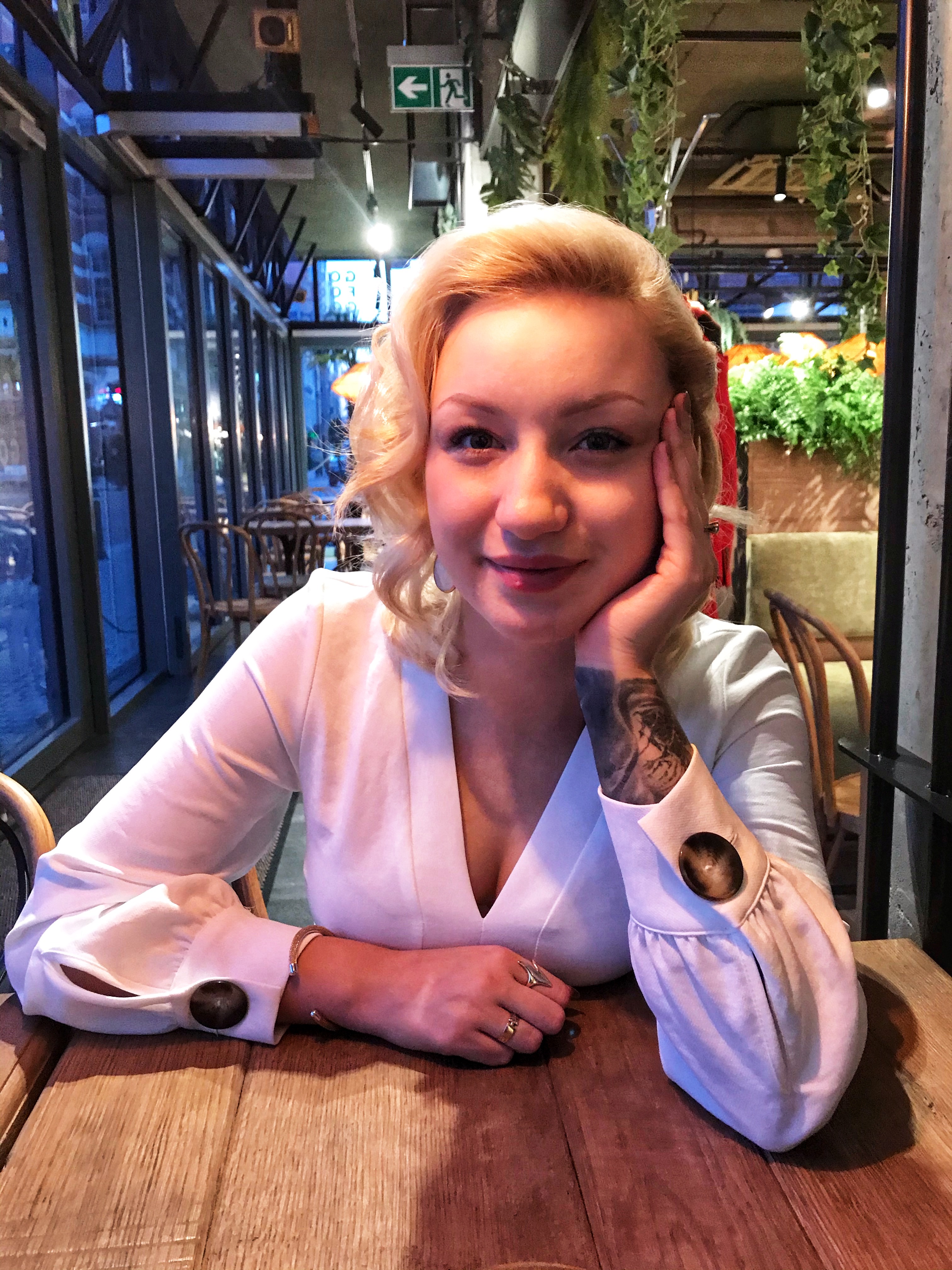
Marta Pągielska
Master Student
Marta is a Bioinformatics student at the University of Gdańsk. Recent field of study contained MD-based comparative analysis of chondroitin sulfate and dermatan sulfate in terms of possible protein binding differences aimed to decipher GAG “sulfation code”. Currently Marta is working on developing a web- based database of protein-glycosaminoglycan interactions.
Former Members:
Urszula Uciechowska-Kaczmarzyk (2017-2019), Postdoctoral Researcher
Krzysztof Bojarski (2017-2021), PhD Student, defended his PhD Thesis on 17.11.2021
Margrethe Gaardløs (2021-2022), Postdoctoral Researcher
Joanna Biss (2021-2022), Master Student
Małgorzata Kogut-Günthel (2020-2023), PhD Student, defended her PhD Thesis on 06.07.2023
Visiting Members:
Gergely Kohut (2018, 2019), PhD student at Institute of Materials and Environmental Chemistry, Hungarian Academy of Sciences, Budapest, Hungary
Jan Potthoff (2019), Master Student at the Free University of Berlin, Germany
